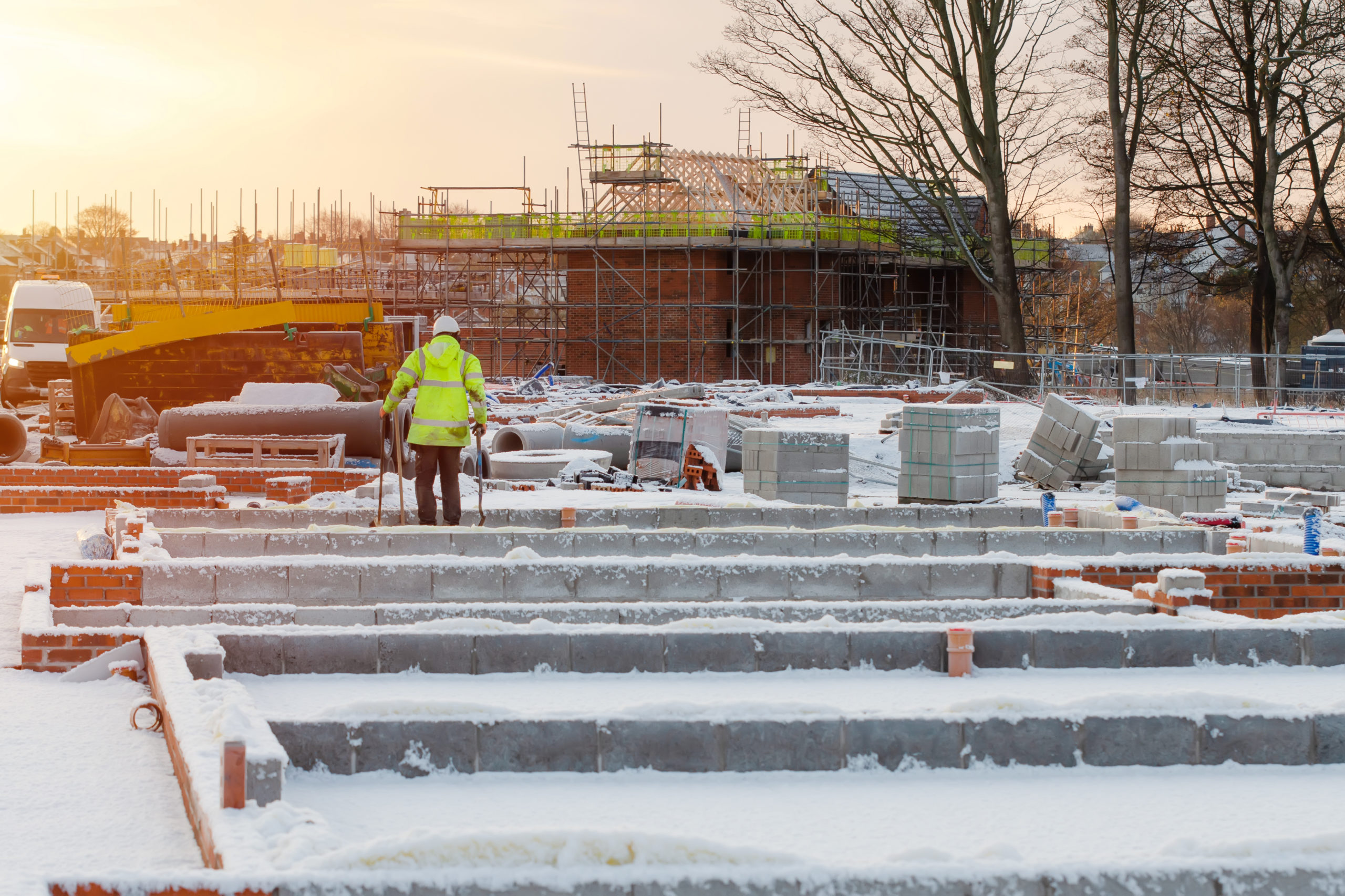Construction activities can impact the quality of water from the construction sites stormwater discharges. Stormwater can pick up various pollutants such as chemical, sediment or debris and transport them to nearby water sources like sewer systems, rivers, lakes or coastal waters.
The Environmental Protection Agency (EPA) will be implementing a revised Construction General Permit (CGP) early next year. This five-year CGP states that all builders, contractors and site owners abide by stormwater discharge terms in the CGP when disturbing one or more acres of land due to development and building construction. Operators of construction sites must implement stormwater controls and develop a Stormwater Pollution Prevention Plan (SWPPP), which reduces the amount of pollutants and sediments from being discharged.
The 2017 CGP will go into effect February 17, 2017 and replace the 2012 CGP. There are seven changes that will affect builders, contractors and site owners.
1. Easier to read permit requirements. The EPA is simplifying the language and requirements in the CGP, allowing permittees’ to better understand the compliance requirements. The new structure will have a streamlined approach to the permit. For example, extraneous but relevant information will now be located in the appendix.
2. Types of Discharges Authorized. The EPA will prohibit non-stormwater discharges of external building wash down waters that contain hazardous substances, such as paint or products contain polychlorinated biphenyl (PCBs). This part of the CGP is designed to limit sites from conducting external building wash down activities and the EPA expects that sites who do perform these activities won’t have hazardous substances in the discharge. The EPA also expects that the wash down activities can be done without discharging into a body of water.
3. Effluent Limitations. Amendments to the C&D rule will be revised. The C&D rule states that non-numeric effluent limitations apply to all permitted discharges from construction sites. The effluent limitations require construction operators to prevent the discharge of sediment and other pollutants through the use of effective planning and erosion control measures; and second, to control discharges that do occur through the use of effective sediment control measures. Permittees are also required to implement a range of pollution prevention measures to limit or prevent discharges of pollutants including those from dry weather discharges.
The EPA is making revisions to clarify the requirements to control erosion by providing details on areas where buffers are required. Clarification revisions will also include discussing soil stabilization, preservation of topsoil and pollution prevention measures.
4. Notice of Permit Coverage to the Public. A sign or other public notice of permit coverages is required at a publicly accessible location. The notice is to include EPA contact information in case stormwater pollution occurs.
5. Stockpiles and Land Clearing Debris Piles. Inactive piles that will be unused for 14 or more days require temporary stabilization, a tarp covering or other appropriate protection. This change clarifies that this requirement is only applicable to inactive piles while reducing pollutant exposure or discharge from these piles.
6. Construction and Domestic Waste. Waste containers lids are to be closed when not in use or have effective means to minimize the risk of discharging pollutants. Recommended practice is that lids remain closed except when adding or removing solid or hazardous waste.
7. Pollution Prevention Requirements for Demolition Activities. EPA will now require certain information about building location and potential pollutants be documented in the SWPPP prior to a building being demolished if it was built or renovated before 1980 and is over 10,000 square feet. Pollution prevention controls should be used to minimize the discharge of pollutants due to construction activities. Additionally, controls to limit the exposure of PCB containing materials should be implemented.
For more information regarding the new Construction General Permit, click here.

 ">
">
 ">
">